Cell Biology
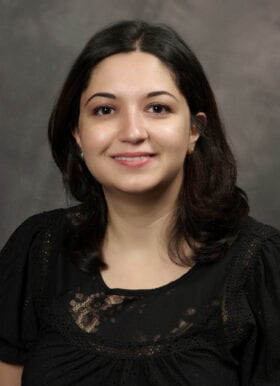
Ghazaleh Ashrafi, PhD
Assistant Professor of Cell Biology & Physiology; Affiliate, Department of Biomedical Engineering
- Email: ghazaleh@wustl.edu
The Ashrafi lab uses genetic, biochemical, and quantitative optical imaging techniques to study metabolic regulation of neurotransmission. The overall goal of the lab is to uncover novel molecular regulators of glycolysis and mitochondrial metabolism and elucidate their role in axonal degeneration and neurodegenerative disease. .

Chun-Kan Chen, PhD
Assistant Professor of Cell Biology & Physiology
- Email: chun-kan@wustl.edu
Regulation and function of circRNA and to uncover the molecular mechanisms of circRNA-mediated disease. Using the circRNA screening technology that he developed to decipher RNA elements, genomic features, and protein components that regulate the functions of circRNAs and determine how they contribute to circRNA-mediated disease.
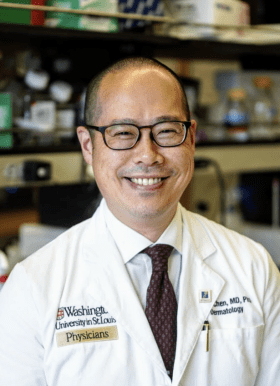
David Chen, MD, PhD
Assistant Professor of Medicine
Associate Chief for Research, Dermatology
- Email: davidchen@wustl.edu
The unifying theme in the Chen Lab is to study the genetic and epigenetic factors that constitute premalignant states in the skin. We have three active areas of study, including 1. Characterizing the interplay between aging and skin cancer, 2. Understanding the role of epigenetic perturbations in the development of cutaneous squamous cell carcinoma, and 3. Characterizing melanocyte transition states in the development of melanoma.
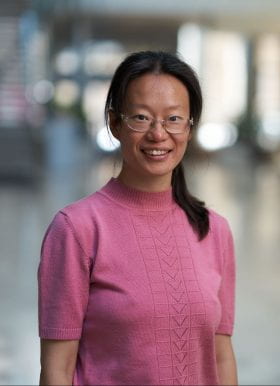
Yao Chen, PhD
Assistant Professor, Department of Neuroscience; Affiliate, Department of Biomedical Engineering
- Email: yaochen@wustl.edu
Neuromodulators such as dopamine, acetylcholine, and neuropeptides have profound effects on neural circuits and behavior. Altered neuromodulation is associated with most psychiatric disorders, major neurodegenerative disorders, and neuromodulatory systems are targets of almost all drugs of abuse. The Chen lab aims to understand how the dynamics of neuromodulators and intracellular signals contribute to the function of neuromodulators, to learning, and to the function of sleep.

Clair Crewe, PhD
Assistant Professor of Cell Biology & Physiology
- Email: clair.crewe@wustl.edu
The Crewe lab uses transgenic mouse lines, cell culture and biochemistry to understand extracellular vesicle (EV)-mediated signaling during homeostatic and pathologic metabolic regulation. Crosstalk between adipocytes and cells within the adipose tissue (AT) microenvironment directs healthy tissue expansion in response to overnutrition. In contrast, the inability to coordinate these inter-cellular signals during nutrient stress results in AT hypoxia, inflammation, and fibrosis, all of which contribute to systemic metabolic disturbances in obesity and type 2 diabetes.
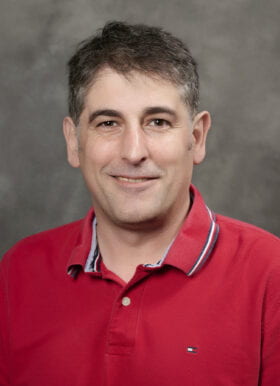
Sergej Djuranovic, PhD
Associate Professor of Cell Biology & Physiology
- Email: sergej.djuranovic@wustl.edu
Djuranovic Lab uses different biochemical, molecular biology and genetics techniques to investigate the process of gene expression regulation at the level of mRNA translation. The research is focused on sequence motifs in mRNA as well as on ribonucleoprotein (RNP) complexes and RNA binding proteins (RBPs) that control translational efficiency of their target mRNAs or play a general role in RNA metabolism.

Ziao Fu, PhD
Assistant Professor, Department of Cell Biology & Physiology
- Email: ziao@wustl.edu
The Fu Lab utilizes cryo-EM and cryo-ET to investigate the structure and dynamics of cellular membranes and protein complexes in their native environments. Our research focuses on understanding how membrane proteins respond to stimuli, particularly mechanical forces in mechanosensation. Beyond scientific discovery, we are also dedicated to advancing cryo-EM techniques to further our research objectives.
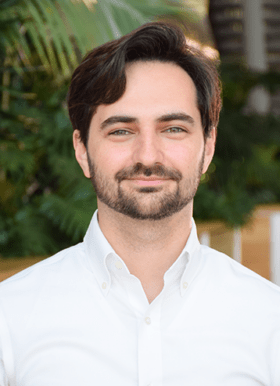
Dennis Goldfarb, PhD
Assistant Professor of Cell Biology & Physiology
- Email: d.goldfarb@wustl.edu
Dennis Goldfarb, PhD’s research focuses on computational mass spectrometry, proteomics, and their applications in biology. His lab develops open-source solutions for novel data acquisition strategies, data analysis, and visualization tailored to the unique challenges of each experiment. Dr. Goldfarb aims to increase the throughput and reproducibility of large-scale projects with automated pipelines that leverage high-performance computing. Recently his research has concentrated on instrumentation, protein complex identification, and de novo peptide sequencing.
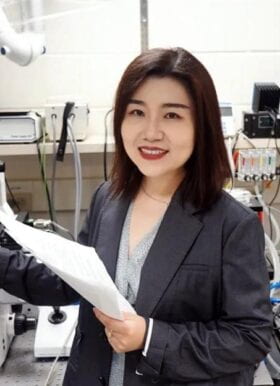
Xueyan He
Professor, Cell Biology & Physiology
- Email: xueyanh@wustl.edu
The He Lab is dedicated to advancing knowledge of the mechanisms responsible for colorectal tumor progression, with a specific focus on Stress and its influence on the Tumor Microenvironment.
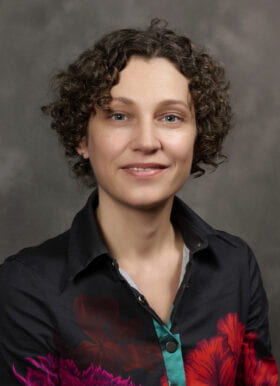
Silvia Jansen, PhD
Assistant Professor of Cell Biology & Physiology
- Email: silvia.jansen@wustl.edu
Focus is on elucidating the molecular mechanisms that regulate the architecture, dimensions and dynamics of actin filament networks, and tune them to support essential cellular functions ranging from cell migration and cytokinesis to neurogenesis.
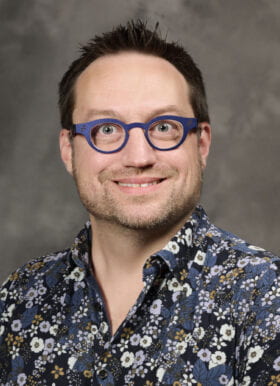
David J Kast, PhD
Assistant Professor of Cell Biology & Physiology
- Email: kast@wustl.edu
Biogenesis and dynamics of intracellular membrane compartments; molecular mechanisms and regulation of cytoskeleton and membrane interactions.
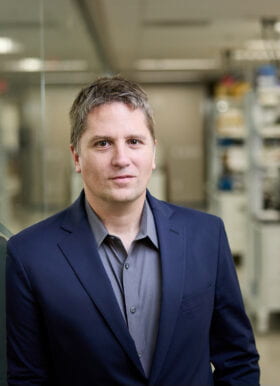
Michael B Major, PhD
Professor of Cell Biology & Physiology
- Email: bmajor@wustl.edu
Studying how perturbation of specific signal transduction pathways contributes to the initiation, progression and dissemination of cancer.

Colin G Nichols, PhD
Carl Cori Professor, Department of Cell Biology and Physiology; Director, Center for the Investigation of Membrane Excitability Diseases; Affiliate, Department of Biomedical Engineering
- Email: cnichols@wustl.edu
Colin’s research spans from the molecular basis of potassium channel activity to human disease. His work on KATP channel activity led to the discovery of the mechanism of human neonatal diabetes and a revolution in therapy – affected children can now take once a day pills – even dissolved in milk – rather than traumatic, three times a day insulin injections.

David J Pagliarini, PhD
Hugo F. & Ina C. Urbauer Professor and BJC Investigator Departments of Cell Biology and Physiology, Biochemistry and Molecular Biophysics, and Genetics
- Email: pagliarini@wustl.edu
We are an interdisciplinary team of scientists driven to understand the biochemical underpinnings of mitochondrial dysfunction in human diseases. Together, we integrate large-scale methodologies with traditional biochemistry to investigate the modulation, adaptation, and basic metabolic function of mitochondria.

Slavica Pavlovic-Djuranovic, PhD
Assistant Professor of Cell Biology & Physiology
- Email: spavlov@wustl.edu
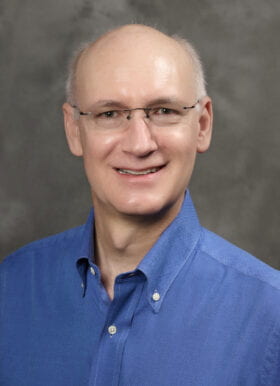
David W Piston, PhD
Edward J. Mallinckrodt, Jr. Professor and Head of Cell Biology & Physiology; Affiliate, Department of Biomedical Engineering
- Email: piston@wustl.edu
The Piston lab focuses on understanding the role of glucagon (counter-regulatory hormone to insulin) in glucose homeostasis and the pathology of diabetes. We develop and apply quantitative fluorescence technology to assay living islet function quantitatively both ex vivo and in vivo, and elucidate the regulation of glucagon secretion from α-cells.

Erica L Scheller, DDS, PhD
Associate Professor, Department of Medicine; Department of Cell Biology & Physiology; Affiliate, Department of Biomedical Engineering
- Email: scheller@wustl.edu
The Scheller laboratory synthesizes concepts from cell biology, physiology, and bioengineering to study the relationships between the nervous system and the skeleton. They have a directed interest in understanding how neural signals contribute to skeletal homeostasis, and how perturbations to this system contribute to bone loss, impaired healing, and altered regeneration.

Sheila A Stewart, PhD
Gerty Cori Professor and Vice Chair, Department of Cell Biology & Physiology Professor, Department of Medicine
- Email: sheila.stewart@wustl.edu
Dr. Sheila Stewart’s research focuses on understanding how age-related changes in noncancerous cells (referred to as stroma) participate in cancer development. While it is clear that mutations in an incipient tumor cell are important for cancer development, it has become evident that changes in the surrounding stroma are also critical to the process. Indeed, old stromal cells can promote tumor cell growth. Dr. Stewart’s group is delving further into how old cells modulate the immune response and impact dormant tumor cells and thus promote cancer with the intent of identifying possible therapeutic targets.

Amber Stratman, PhD
Assistant Professor, Department of Cell Biology & Physiology, Department of Developmental Biology
- Email: a.stratman@wustl.edu
The Stratman lab is broadly interested in how blood vessels form and stabilize during development, and how changes in these processes affect tissue homeostasis and disease.

Heather L True, PhD
David English Smith Professor, Department of Cell Biology and Physiology
- Email: heather.true@wustl.edu
My research investigates how the process of protein misfolding occurs, how it propagates, and how these problems can be corrected in the cell. We are specifically interested in prions, toxic protein aggregates and amyloid associated with neurodegenerative diseases, and chaperone mutants linked to a form of muscular dystrophy. We use a yeast model system and biochemical approaches to uncover important cellular contributors and elucidate mechanisms to prevent or rescue protein misfolding and aggregation.

Zhongsheng You, PhD
Professor of Cell Biology & Physiology
- Email: zyou@wustl.edu
Our lab studies the DNA damage response and replication stress response in human cells that are essential for genome maintenance and cancer avoidance. We are also interested in the connection between genome maintenance and RNA surveillance, focusing on the nonsense-mediated RNA decay (NMD) pathway in the DNA damage response. We employ a range of techniques, including cell imaging with genetically encoded reporters, laser microirradiation and genome-wide CRISPR-Cas9 screens, to identify new mechanisms of DNA and RNA surveillance systems, with the goal of improving the understanding and treatment of cancer..